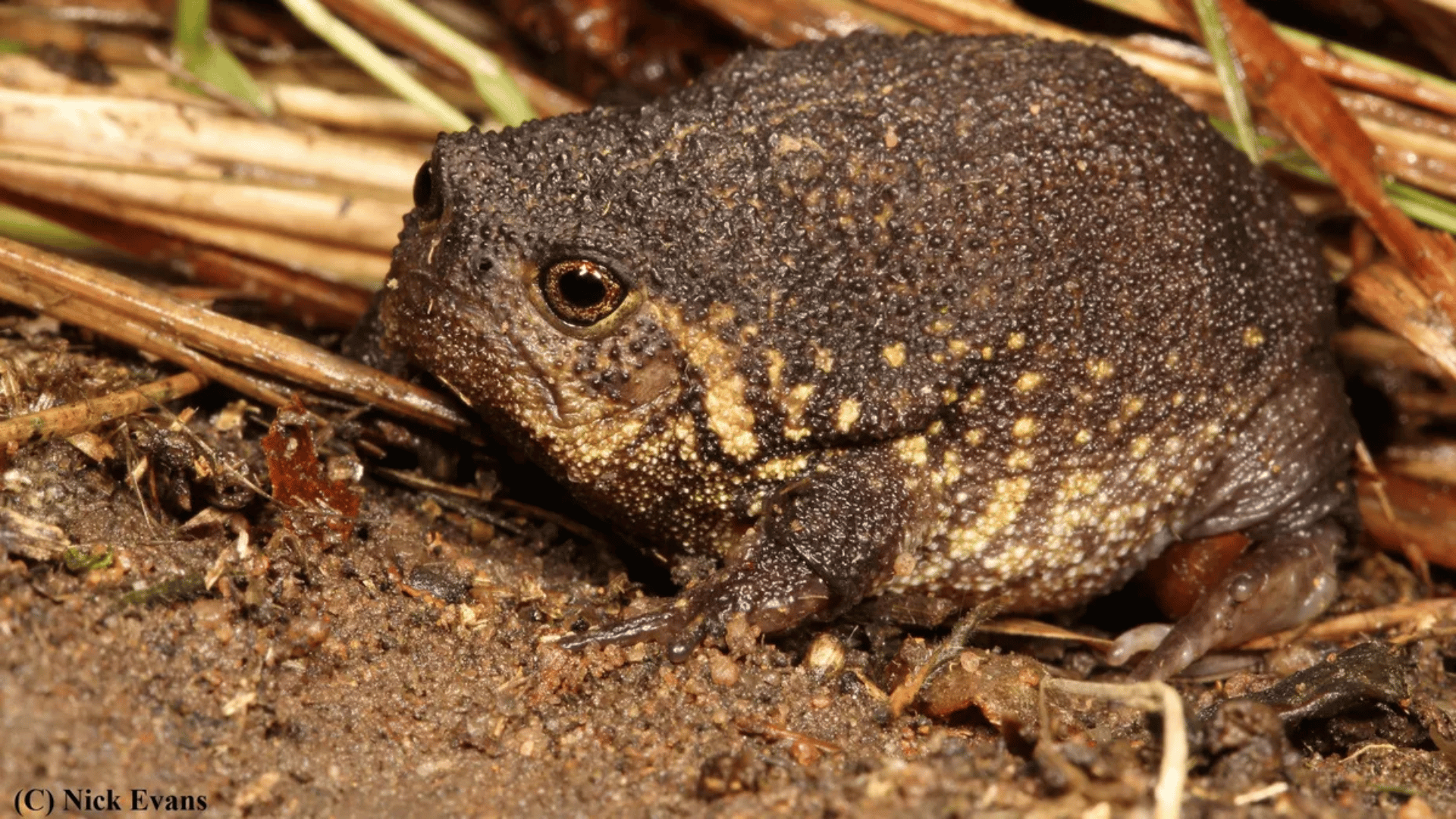Otherwise known as the infamous Cliffs of Insanity from the highly acclaimed classic film The Princess Bride, the Cliffs of Moher are located at the southwestern edge of the Burren region in County Clare, Ireland. They reach a maximum height of 702 feet and sit roughly 390 feet above the Atlantic Ocean.

The main attraction of the Cliffs of Moher, other than the impressive cliffside itself, is the view from the peak. On a clear day, the view overlooks the Arlan Islands, Galway Bay, the Twelve Pins and the Maum Turk Mountains in Connemara. Not to mention the stunning view of the beautiful blue water far below.
The site of the Cliffs of Moher was originally the location of the gigantic river delta, which was formed roughly 320 million years ago during the Carboniferous period. The rocks that make up the cliffs are mainly made of beds of Namurian shale and sandstone, with the oldest deposits of rock being found at the bottom of the cliff face.
The rock is rich in layers of fossil formations as well, making it an area geologists consider one of the world’s foremost natural laboratories for the study of deltaic deposition through deepwater systems.

The area is also home to an array of creatures, including an estimated 30,000 birds of 20 different species. One of those species is the Atlantic puffin, which lives in small colonies on isolated parts of the cliffs. Also, off the cliff edge, many land animals can be found including stoats, badgers, rabbits, and hares. There is, additionally, a herd of feral goats which live precariously on narrow paths below the top of the cliff.
Beautiful wildflowers and grasses spread across the cliffside as well and, from the top view, tourists are often able to spot sea creatures such as dolphins, whales, and seals. Unsurprisingly, the Cliffs of Moher is one of Ireland’s most popular tourist attractions and receives more than one million visitors per year.
Explore the World of Inspiration, and discover the wonder of the Southwest, Antarctica’s desert, and the best US National Parks.







